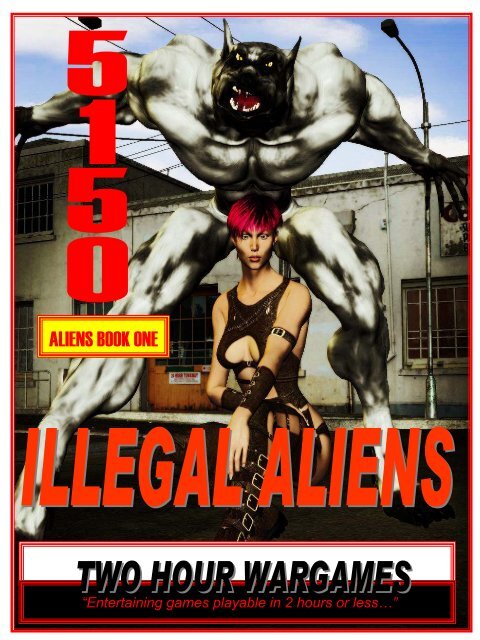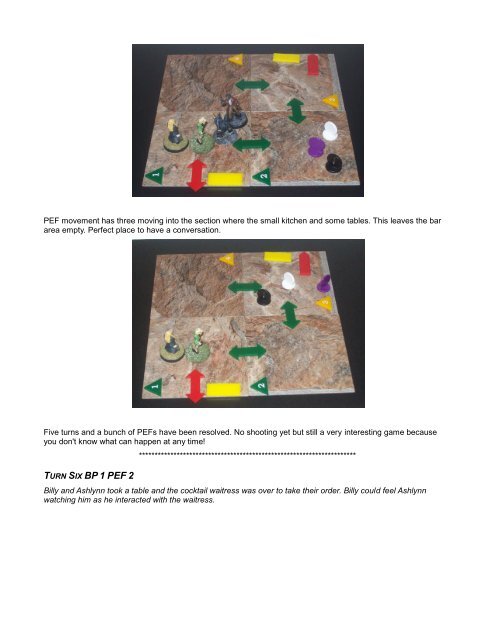
Step 4 indicates that ending the turn is variable there can be one or more Action Phases per turn. This allows for one player to occasionally act twice in a row before the other player can act. This allows you situations where, for example, Player A plays then Player B, but on the subsequent Action Phase Player B plays first. There can be a variable number of Action Phases in a turn and the player order in each Action Phase is determined by a separate initiative pull of the cards. This sequence is important because there is the concept of a turn and that of an Action Phase in which players act in initiative order. Assuming the turn did not end, start over at step 1.Second Player gets action points, spends them, and resolves all actions.First Player gets action points, spends them, and resolves all actions.Who goes first? Both sides flip a card, high card is the first player. If you feel like I don't explain clearly enough the rules concepts below, let me know in the comments section.

Authors work hard to write their rules, so I don't want to be a party to giving it all away. I am always worried, when reviewing rules, that I am providing enough information for you to make an informed decision on whether the rules are 'for you' or not, without giving away all of the good stuff from the rules.

(That may be too obscure of an example for some of you. Put simply, OHSW is about as much a part of extending the One-Hour brand as Battles of Westerns was in extending the Battlelore or Command and Colors brand. Put another way, where I bought and use OHW for the scenarios, and to a lesser extent the force composition, I will use OHSW for the rules and period modifications. It is expected for you to use this if you wish to modify your forces. There is a points system, and the points allocated for each side in each scenario. The force composition for each scenario is specific, with no variation.


Let me start by addressing three things that leapt out at me with OHW and compare them to OHSW. Keep it simple, keep it moving, make it fun. Basically it follows the mantra of stripping away the minutiae of detail that, in the author's opinion, doesn't lend to the decisiveness of the action. One-Hour Skirmish Wargames: Fast-Play Dice-less Rules for Small Actions from Napoleonics to Sci-Fi ( OHSW ) is a new book from Pen and Sword in the vein of Neil Thomas' One-Hour Wargames ( OHW), sort of. But no, although this is under the "One-Hour" brand, it is another author, John Lambshead, from the John's Toy Soldiers blog. If you saw the "One-Hour" title and thought "Neil Thomas has put out another one", well you thought like I did.


 0 kommentar(er)
0 kommentar(er)
